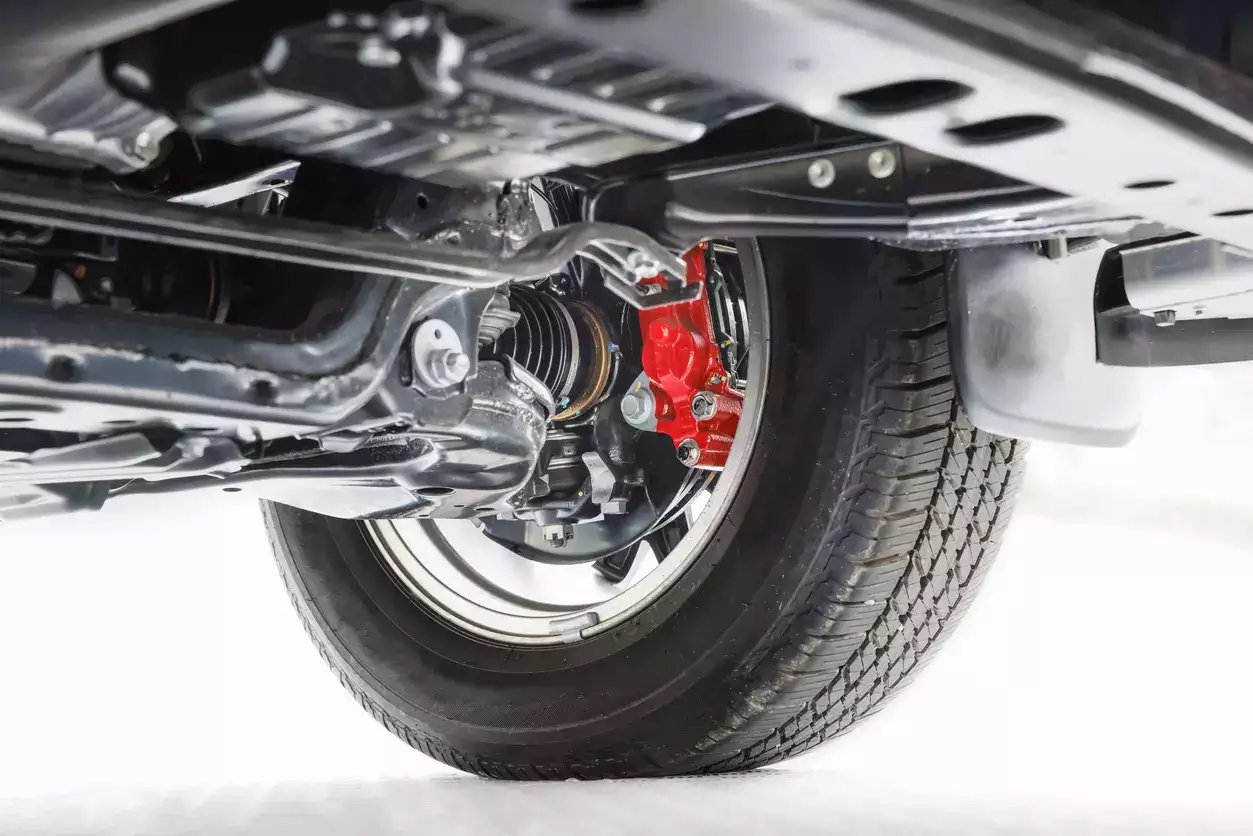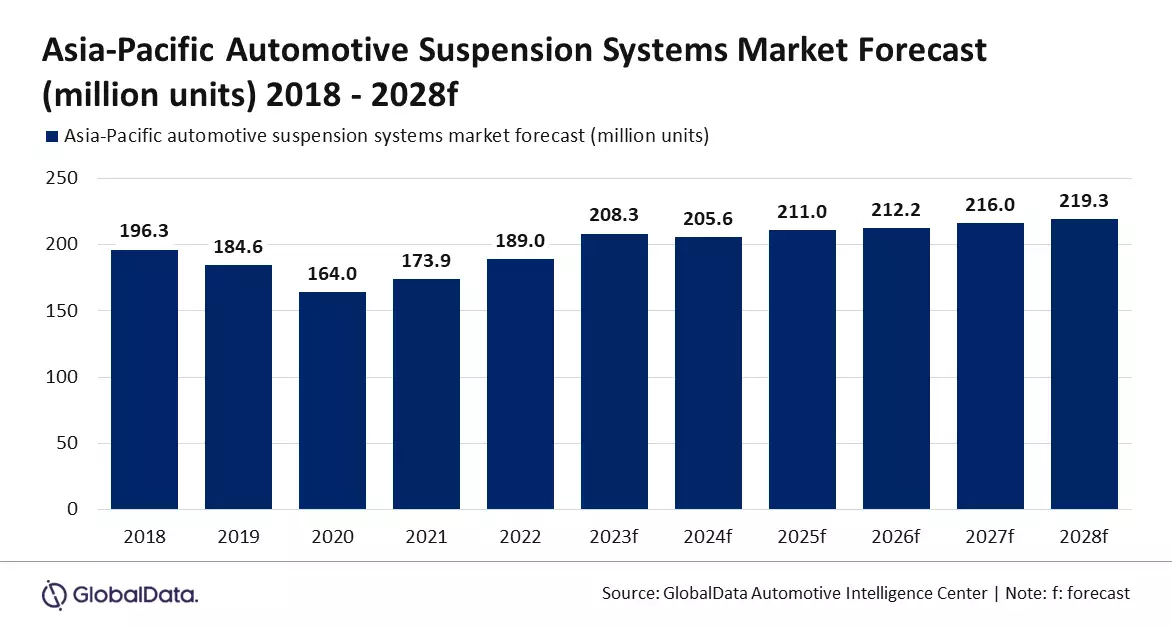
Madhuchhanda Palit, an Automotive Analyst at GlobalData, stated, "Increasing consumer demand for driving comfort is driving the electronic suspension systems, including active and semi-active suspension systems markets in the region. These suspension systems take into account driving conditions such as speed, the surface of the road, cornering, stopping requirements, and acceleration and adjust the shock absorber firmness accordingly for a smooth driving experience, especially helpful for people with nausea and vomiting tendencies."
In addition to comfort, the rise in the demand for electric vehicles (EVs) is significantly influencing the suspension systems market. Companies are actively investing in the development of suspension systems tailored for EVs. These systems are integral to providing an optimized driving experience in line with the characteristics of electric cars.

Automakers are also focusing on technological advancements to enhance energy efficiency through suspension systems. One such innovation is the regenerative suspension system. This system recovers energy from the suspension's movement and converts it into electricity. The generated electricity can be used immediately to power an electric motor or stored in a battery for future use.
To further improve energy efficiency, manufacturers are incorporating advanced materials such as carbon fiber and aluminum in suspension systems. These materials help in reducing the weight of the suspension systems, which in turn contributes to better energy efficiency.
As consumer expectations for driving comfort and energy-efficient technology continue to rise, the automotive suspension systems market in the APAC region is set to witness steady growth. The ongoing developments in electronic, active, and regenerative suspension technologies are poised to shape the future of driving experiences in the region.
Disclaimer: The copyright of this article belongs to the original author. Reposting this article is solely for the purpose of information dissemination and does not constitute any investment advice. If there is any infringement, please contact us immediately. We will make corrections or deletions as necessary. Thank you.





